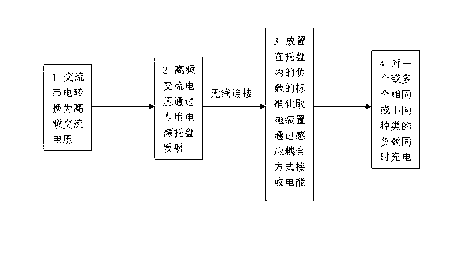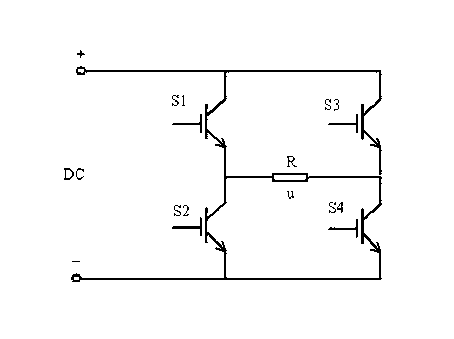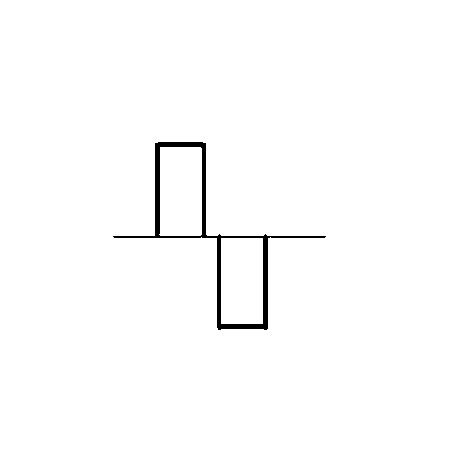Method for wirelessly transmitting electric energy to charge a plurality of or many kinds of loads
A technology for transmitting electric energy and wireless, which is applied in battery circuit devices, current collectors, electric vehicles, etc., and can solve problems such as inability to charge electrical equipment, inability to charge multiple devices, and inability to charge multiple devices, achieving maximum convenience, Huge development potential and application prospects, strong economic effect
- Summary
- Abstract
- Description
- Claims
- Application Information
AI Technical Summary
Problems solved by technology
Method used
Image
Examples
Embodiment Construction
[0036] Combine the following Figure 1 to Figure 5 , a preferred embodiment of the present invention is described in detail.
[0037] like figure 1 As shown, the present invention provides a method for simultaneously charging multiple or multiple loads by transmitting electric energy in a wireless manner, which specifically includes the following steps.
[0038] Step 1. Convert the 220V AC mains into a high-frequency AC voltage through frequency conversion.
[0039] Step 1.1, AC-DC (alternating current-direct current) conversion; pass the 220-volt AC mains power through the rectifier bridge, and convert it into a DC voltage by using a full-wave or half-wave rectification method.
[0040] Step 1.2, high-frequency inverter; the DC voltage obtained in step 1.1 is converted into a high-frequency square-wave AC voltage with a frequency higher than that of the AC mains using inverter power technology, wherein the frequency range can be tens to hundreds of kilohertz within range. ...
PUM
 Login to View More
Login to View More Abstract
Description
Claims
Application Information
 Login to View More
Login to View More - R&D
- Intellectual Property
- Life Sciences
- Materials
- Tech Scout
- Unparalleled Data Quality
- Higher Quality Content
- 60% Fewer Hallucinations
Browse by: Latest US Patents, China's latest patents, Technical Efficacy Thesaurus, Application Domain, Technology Topic, Popular Technical Reports.
© 2025 PatSnap. All rights reserved.Legal|Privacy policy|Modern Slavery Act Transparency Statement|Sitemap|About US| Contact US: help@patsnap.com



